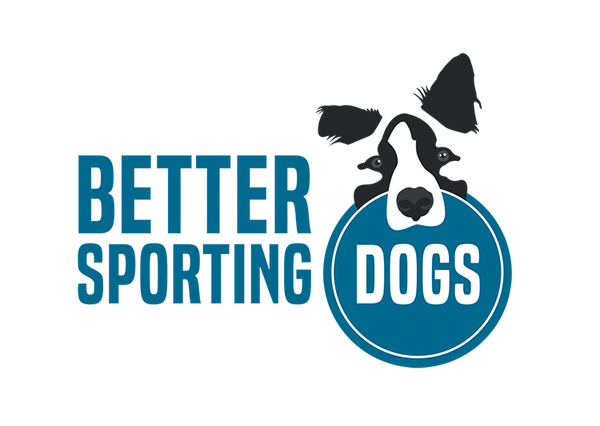Training your dog in agility can be a rewarding experience, enhancing both your pet's physical fitness and mental stimulation. Among the various agility obstacles, the A-frame is one of the most iconic and challenging. Here are some essential tips and safety considerations to keep in mind when training your dog on the A-frame.
Understanding the A-Frame
The A-frame is a triangular ramp that dogs must ascend and descend. It typically consists of two panels hinged at the top, forming an 'A' shape. The height and angle of the A-frame can be adjusted depending on the dog's experience level and the competition standards.

Tips for Training on the A-Frame
Start Slow and Low: Begin training with the A-frame set at a lower height. This helps your dog get accustomed to the structure without feeling intimidated. Gradually increase the height as your dog's confidence and skill improve.
Use Positive Reinforcement: Encourage your dog with treats, praise, and toys. Positive reinforcement helps build a positive association with the A-frame and motivates your dog to perform well.
Teach Contact Zones: The A-frame has designated contact zones at the bottom of each side, usually marked with a different color. Train your dog to touch these zones with at least one paw. This is crucial for safety and is a requirement in competitions.
Break it Down: Divide the training into smaller steps. Teach your dog to approach, ascend, descend, and touch the contact zones separately before combining these actions.
Maintain a Steady Pace: Ensure your dog maintains a steady pace when ascending and descending. This prevents slipping and falling, reducing the risk of injury.

Safety Considerations
Proper Equipment: Use a sturdy, well-constructed A-frame that meets safety standards. Ensure it has a non-slip surface to provide good traction for your dog.
Supervision and Spotting: Always supervise your dog during training. Be ready to support or catch your dog if it looks like they might fall or become unsteady.
Warm-Up and Cool Down: Just like humans, dogs need to warm up their muscles before intense activity. Start with some light exercises and stretches to prevent injuries. Similarly, allow your dog to cool down after training.
Watch for Fatigue: Pay attention to signs of fatigue or stress in your dog. Overworking can lead to injuries or negative associations with the A-frame. Keep training sessions short and fun.
Regular Health Checks: Ensure your dog is in good health before engaging in agility training. Regular vet check-ups can help identify any underlying issues that might affect their performance or safety.
Environment Safety: Train in a safe environment, free from distractions and hazards. The training area should have a flat, non-slip surface to prevent additional risks.
Training your dog on the A-frame can be an exciting part of agility training. By following these tips and safety guidelines, you can help ensure that the experience is positive and safe for your furry friend. Remember, patience and positive reinforcement are key to successful training. Happy training!

SAFETY FIRST:
As always, you should make sure your dog is in good physical health before beginning any agility training. Young puppies should not be practicing agility to protect their joint health. If you're waiting for a puppy to grow up, now is a great time to work on foundation training. Prioritize safety and comfort over speed in learning. It is not uncommon to take a month or more to gain total confidence in this obstacle. It’s one of the most challenging for a reason!
When the equipment is set up, you want to make sure it is on a soft surface. You do not want to have a dog practice repetitively on a concrete, or asphalt-type surface. Grass, dirt, and indoors work well.

